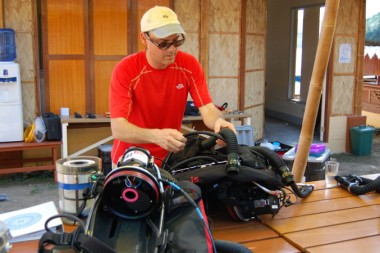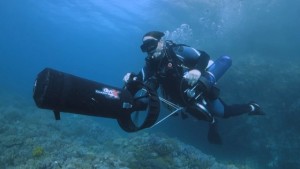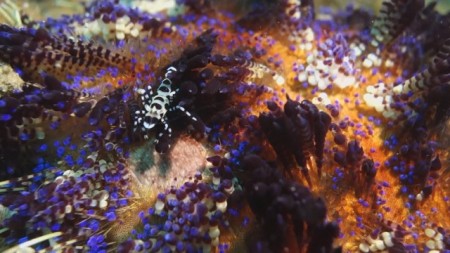Through centuries of exploration, humans have climbed the highest peaks and hacked through the densest jungles. From pole to pole, there isn’t a continent left unexplored, and very little land on earth that has not been set foot on by a human being. Yet only 10 percent of the world’s vast oceans have been truly explored. And among the least explored regions of our watery world are the mesophotic reefs, an area that scientists refer to as “the twilight zone.”

At 150 to 500 feet deep, this region is too deep to safely reach using conventional scuba, but thought too shallow to justify the use of expensive submersibles.
“To understand what is really down there, you need to actually go there -- you need to witness it and collect,”said Bart Shepherd, the director of the Steinhart Aquarium at the California Academy of Sciences in San Francisco. “Exploring the mesophotic zone with a Remotely Operated Vehicle (ROV) would be like exploring the rainforest with a remote control helicopter.”
But with recent advances in diving methods and technology, such as closed-circuit rebreathers, mixed gases and propelled scooters, trained divers can now venture into these deeper reefs. Recently a team from the California Academy of Sciences made up of Shepherd, diving safety officer Elliott Jessup, and ichthyologist Luiz Rocha, began to explore this mysterious place.
“The biggest challenge with that depth is just getting there and getting back,” said Shepherd. “It’s not unusual for us to have a dive last five hours long. But that only gives us 45 minutes below 160 feet.”

According to Shepherd, the divers must slowly ascend from the twilight zone, systematically stopping at depth intervals, to avoid contracting the bends.
